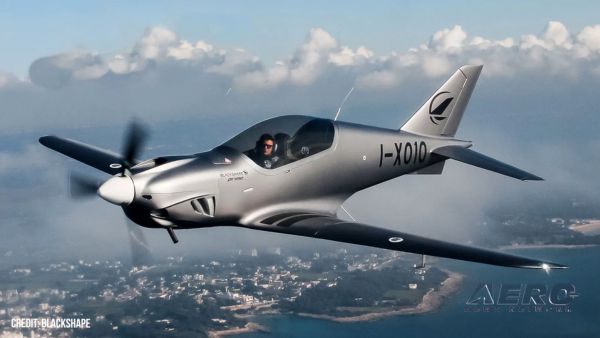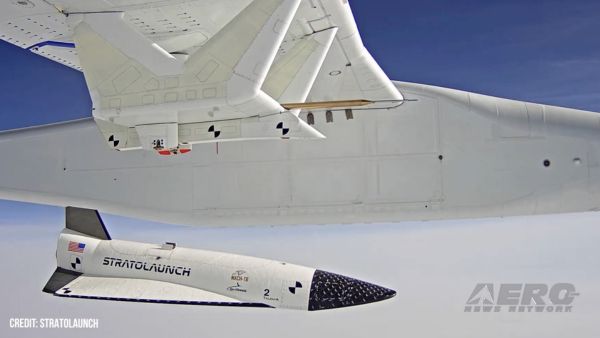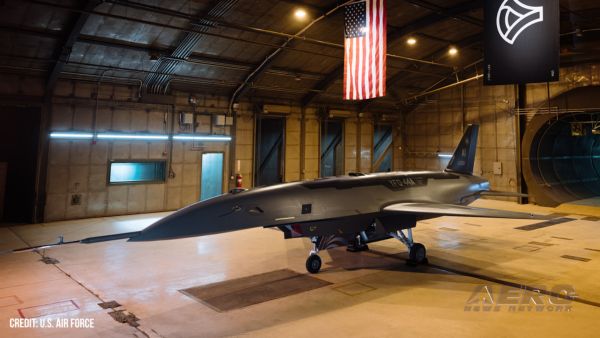Tue, Dec 30, 2003
The fine folks at AEA
tell ANN that, "After meeting with the FAA a viable option could
not be reach to allow turbojet operators to continue flying beyond
January 1st, 2004 without an installed ELT. The rule will stand as
written with no relief for the hundreds of aircraft awaiting ELT
installations. After meeting with the FAA a viable option could not
be reach to allow turbojet operators to continue flying beyond
January 1st, 2004 without an installed ELT. The rule will
stand as written with no relief for the hundreds of aircraft
awaiting ELT installations."
AEA Memorandum
SUBJECT: January 1, 2004 ELT Regulation Stands
REFERENCE: Federal Aviation Regulations Part
91.207
MAJOR HIGHLIGHTS: Effective January 1, 2004 the
current ELT exemption for turbojet powered aircraft is being
rescinded. Congress ordered the FAA to remove the exemption in the
wake of a turbojet that crashed in New Hampshire on Christmas Eve
1996 and was not found for nearly three years.
The current January 1, 2004 date is the end of a previous
Congressional-approved two year extension to the original mandate.
Congress did not give the FAA the power to further extend the
regulation. Section 91.207 prohibits any person from operating a
U.S.-registered civil airplane unless there is attached to the
airplane an approved automatic type emergency locator transmitter
that is in operable condition.
Aircraft that need to be flown to a maintenance base will need a
ferry-permit issued by their local FSDO.
AEA COMMENTARY: AEA, along with NATA and NBAA,
have been working to find some relief for the few hundred turbojet
aircraft still awaiting the installation of an ELT before the
January 1 deadline. Even though, the rule has been public for over
three years, AEA is disappointed that there was not something the
FAA could due to keep General Aviation flying, however, the
Association does commend the FAA for their efforts in evaluating
the various options; the mandate issued by Congress just
didn’t give the FAA any flexibility.
The only current option is for an operator to petition for an
exemption from FAR 91.207. Member companies whose customers find
themselves unable to meet the January 1st deadline should have
their customers file a petition for exemption to FAR Part 91.207
giving specific justification for the FAA to grant the exemption
and some idea of a time line for the installation of a new ELT.
More News
Circle To Runway (Runway Number) Used by ATC to inform the pilot that he/she must circle to land because the runway in use is other than the runway aligned with the instrument appr>[...]
Aero Linx: National Aviation Safety Foundation (NASF) The National Aviation Safety Foundation is a support group whose objective is to enhance aviation safety through educational p>[...]
At Altitude Of About 250-300 Ft Agl, The Airplane Experienced A Total Loss Of Engine Power On November 6, 2024, at 1600 central standard time, a De Havilland DHC-1, N420TD, was inv>[...]
From 2009 (YouTube Edition): Three Hour Flight Was 'Flawless' -- At Least, Until Mother Nature Intervened For anyone who loves the aviation business, this was a VERY good day. Afte>[...]
Also: AMA Names Tyler Dobbs, More Falcon 9 Ops, Firefly Launch Unsuccessful, Autonomous F-16s The Air Force has begun ground testing a future uncrewed jet design in a milestone tow>[...]
 ANN's Daily Aero-Term (05.05.25): Circle To Runway (Runway Number)
ANN's Daily Aero-Term (05.05.25): Circle To Runway (Runway Number) ANN's Daily Aero-Linx (05.05.25)
ANN's Daily Aero-Linx (05.05.25) NTSB Prelim: De Havilland DHC-1
NTSB Prelim: De Havilland DHC-1 Classic Aero-TV: The Boeing Dreamliner -- Historic First Flight Coverage
Classic Aero-TV: The Boeing Dreamliner -- Historic First Flight Coverage Airborne-NextGen 05.06.25: AF Uncrewed Fighters, Drones v Planes, Joby Crew Test
Airborne-NextGen 05.06.25: AF Uncrewed Fighters, Drones v Planes, Joby Crew Test


